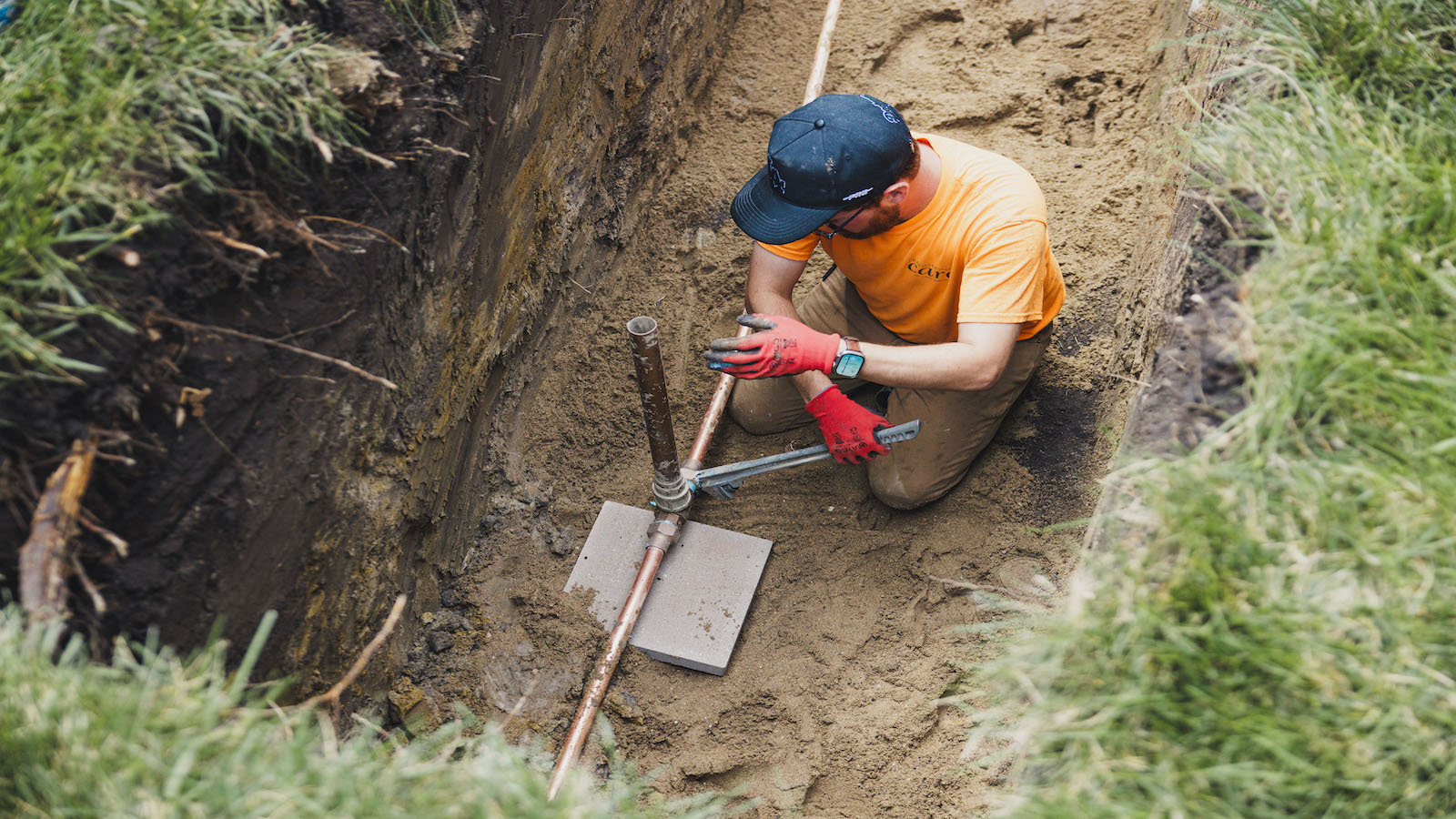Antibiotics, Vol. 14, Pages 879: Rapid Nanopore Sequencing to Identify Bacteria Causing Prosthetic Joint Infections
Antibiotics doi: 10.3390/antibiotics14090879
Authors:
Hollie Wilkinson
Karina Wright
Helen S. McCarthy
Jade Perry
Charlotte Hulme
Niall Steele
Benjamin Burston
Rob Townsend
Paul Cool
Background/Objectives: The diagnosis of prosthetic joint infection remains difficult. Microbiological cultures frequently have false-positive and false-negative results. This study investigates whether rapid nanopore sequencing can be used to aid the identification of bacteria causing prosthetic joint infection for more timely identification and treatment. Methods: Nineteen patients who had revision surgery following total joint arthroplasty were included in this study. Of these, 15 patients had an infected joint arthroplasty. All patients had joint fluid aspirated at the time of revision surgery. The DNA was extracted from these fluid aspirates, and rapid nanopore sequencing was performed using the MinION device from Oxford Nanopore Technologies. The sequencing data was trimmed to improve quality and filtered to remove human reads using bioinformatic tools. Genomic sequence classification was performed using the Basic Local Alignment Search Tool. The results were filtered by read length and sequence identity score. The European Bone and Joint Infection Society criteria were used as a standard to identify infected and not infected patients. Confusion tables were used to calculate accuracy and F1 score based on this criteria and the nanopore sequencing results. Results: Microbiological cultures and nanopore sequencing had an accuracy of 68% and 74%, respectively. However, combining both results predicted infection accurately in 94% of cases (F1 score 96%). Conclusions: Nanopore sequencing has the potential to aid identification of bacteria causing prosthetic joint infection and may be useful as a supplementary diagnostic tool.
Source link
Hollie Wilkinson www.mdpi.com


